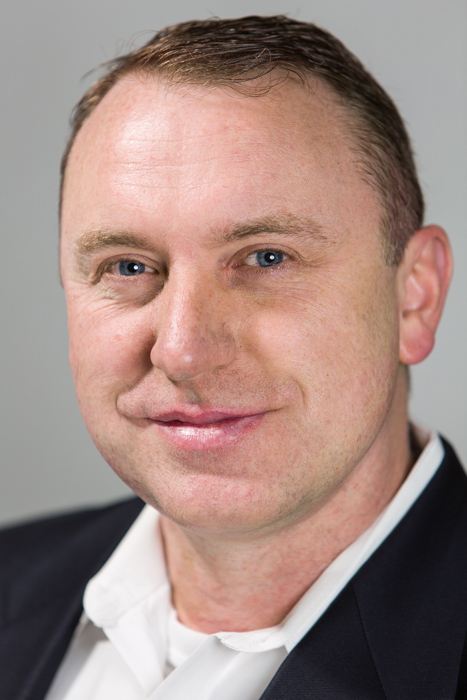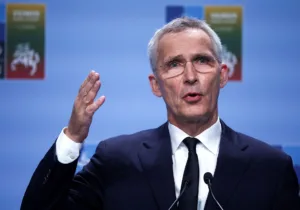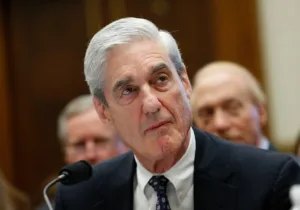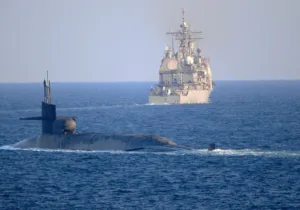Last week Dana Shell Smith, the U.S. ambassador to Qatar, announced on Twitter that she was leaving her post. The State Department said her departure was “part of the normal rotation of career diplomats throughout the world.” But some see the timing as peculiar. After Trump criticized Qatar on Twitter, Smith tweeted her support for the country, saying the Qataris were making “real progress to counter terrorist financing.” The change also leaves open a key diplomat office in a country under crisis.
Here is what you should know about U.S. ambassadors and their roles:
1. In diplomatic usage, the head of a diplomatic representation is known as the Chief of Mission (from the French “chef de mission diplomatique”). According to the Foreign Affairs Act of 1980 (22 U.S.C. 3902), a Chief of Mission is “the principal officer in charge of a diplomatic mission of the United States or of a United States office abroad which is designated by the Secretary of State as diplomatic in nature, including any individual assigned under section 502(c) to be temporarily in charge of such a mission or office.” The Chief of Mission is often—but not always—an ambassador.
2. The duties of the chief of mission to a foreign country are outlined in 22 U.S. Code § 3927: The Chief of Mission “(1) shall have full responsibility for the direction, coordination, and supervision of all Government executive branch employees in that country (except for Voice of America correspondents on official assignment and employees under the command of a United States area military commander); and (2) shall keep fully and currently informed with respect to all activities and operations of the Government within that country, and shall insure that all Government executive branch employees in that country (except for Voice of America correspondents on official assignment and employees under the command of a United States area military commander) comply fully with all applicable directives of the chief of mission.”
3. The United States first used the rank of ambassador in 1893, when Thomas F. Bayard was appointed Ambassador to Great Britain. Prior to this time, the highest rank for a Chief of Mission was “Minister.”
4. Seven U.S. Presidents have served as Foreign Minister: John Adams (Britain), Thomas Jefferson (France), James Monroe (Britain, France), John Quincy Adams (Britain, Netherlands, Russia, Germany), Martin van Buren (Britain), William Henry Harrison (Colombia), and James Buchanan (Britain). To date, no President has ever served as an Ambassador to a foreign country, though George H.W. Bush served as Ambassador to the United Nations and as the Chief of the U.S. Liaison Office in Beijing.
5. According to the State Department, a key role of an ambassador is to coordinate the activities not only of the Foreign Service Officers and staff serving under him or her, but also representatives of other U.S. agencies in the country. At some overseas posts, personnel from as many as 27 federal agencies work in concert with embassy staff.
6. Six U.S. Ambassadors have been killed on the job by acts of terrorism: Adolph Dubs, in Afghanistan, 1979; Francis E. Meloy Jr., in Lebanon, 1976; Rodger P. Davies, in Cyprus, 1974; Cleo A. Noel Jr., in Sudan, 1973; John Gordon Mein, in Guatemala, 1968; and Chris Steven, in Libya, 2012. Meloy also served the shortest term of any American ambassador—about 16 days. He was shot to death on the way to a meeting to present his credentials to the president of Lebanon.
7. The U.S. does not have an ambassador in four countries recognized by the U.S.: Bhutan, Iran, North Korea, and Taiwan.
8. Ambassadors consist of both career Foreign Service Officers (FSOs) and non-career political appointees. Since the Kennedy administration, says Marc Grossman, the percentage of career to non-career appointees has been two-thirds career and one-third political. Currently, out of the 126 ambassadorial positions that are filled, 115 are career and 11 are political.
9. The U.S. is one of the few developed countries (along with Canada and the United Kingdom) that uses political appointments for the ambassador position. As the Washington Post notes, the vast majority of foreign ambassadors posted to Washington are career diplomats, and most of those who are not are at least former senior government officials. The President is the only person who can appoint an ambassador, and the Senate has to approve. But otherwise there are no competency qualifications. When the media asked why President Obama’s friend and fundraiser Louis Susman was qualified to be the Ambassador to the United Kingdom, press secretary Robert Gibbs said, “because he speaks English.”
10. Out of 188 ambassadorial positions, almost one-third (62) are currently vacant. President Trump has only submitted appointments for 11 of the 188 positions. Three are career appointments (27.7 percent), and eight are political appointments (72.3 percent). The political appointments are Doug Manchester (Bahamas), Terry Branstad (China), Callista Gingrich (Holy See), David Friedman (Israel), William Francis Hagerty IV (Japan), Scott Brown (New Zealand & Samoa), Nikki Haley (United Nations), and Jay Patrick Murray (UN/Political Affairs).
—
Joe Carter is an adjunct professor of journalism at Patrick Henry College, an editor for several organizations, and the author of the NIV Lifehacks Bible.
Photo Credit: Under Secretary Kennedy Swears in Dana Shell Smith as U.S. Ambassador to Qatar on July 24, 2014. U.S. State Department Photo, via Flickr.







 Sponsor a student for Christianity & National Security 2024
Sponsor a student for Christianity & National Security 2024